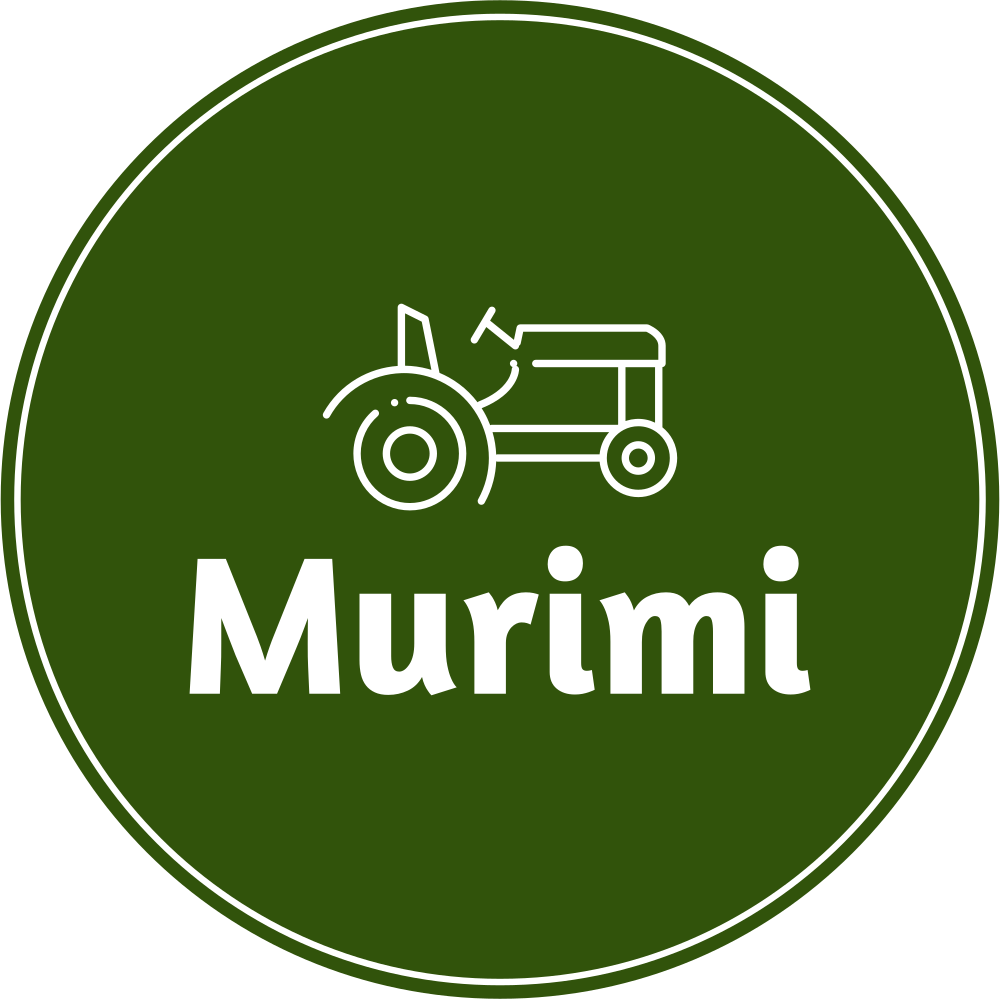Reducing tick populations using natural predators involves leveraging the ecosystem’s own mechanisms to control pest populations. Here are examples of species in each category—birds, ants, and nematodes—that have been observed to impact tick numbers:
Birds
Birds can play a significant role in controlling tick populations by consuming ticks as part of their diet. Species that are known to eat ticks include:
Guineafowl (Numida meleagris): Known for their voracious appetite for ticks, guineafowl can significantly reduce tick populations in their foraging area.
Chickens (Gallus gallus domesticus): Certain breeds of chickens, such as the Rhode Island Red, are also effective in eating ticks in backyard settings.
Wild Turkeys (Meleagris gallopavo): They forage on the ground and can consume ticks as part of their natural diet.
Songbirds: Some studies suggest that various songbird species may consume ticks, though their impact on tick populations is less documented than that of guineafowl or chickens.
Ants
Ants are effective predators of ticks in their larval and nymph stages, contributing to the reduction of tick populations. Specific ant species known for this include:
Fire Ants (Solenopsis invicta): These ants are aggressive predators of ticks, consuming them in various life stages. However, their own environmental impact must be carefully considered due to their invasive nature in some regions.
Red Wood Ants (Formica rufa): Known for their beneficial role in ecosystems, including the consumption of tick larvae.
Nematodes
Certain species of nematodes (roundworms) are natural enemies of ticks, attacking them in the soil where ticks lay their eggs or where larvae and nymphs develop:
Steinernema carpocapsae: This species of entomopathogenic nematode has been used in studies targeting tick larvae with some success.
Heterorhabditis bacteriophora: Another species of nematode that has been researched for its potential in biocontrol against ticks, specifically targeting the early life stages of ticks in the soil.
Integrated Approach
While these natural predators can contribute to reducing tick numbers, relying solely on one type of predator is unlikely to be a comprehensive solution. Integrated pest management (IPM) strategies, combining biological control with habitat management, chemical controls (when necessary), and other methods, tend to be more effective. Additionally, the local ecosystem, tick species, and the specific conditions of the area play significant roles in determining the effectiveness of these biological control agents.
When introducing natural predators as a method of tick control, it’s essential to consider the ecological balance and the potential unintended consequences. In some cases, the introduction of non-native species or excessive reliance on one predator type can lead to other ecological problems. Consulting with ecological experts and implementing a balanced approach is crucial for success.
